
1. A new look
It's quite a treat to get a look at the shimmering, mysterious northern (or southern) lights. But you've probably never seen them like this.
Norwegian researchers have built a new camera that's provided a more detailed glimpse of dazzling auroras than ever before, as it is capable of rapidly capturing and analyzing multiple wavelengths, or colours, of light at the same time.
2. Notable feline
A rarely seen Bolivian wild cat species was photographed by a camera trap in one of the country's national park, the first time it has been spotted there.
The photo of the cat, called an oncilla, won a category of a camera trap competition run by the magazine BBC Wildlife.
3. Amazing find
Archaeologists have discovered four 19th-century warships, and possibly the remains of an ancient Greek harbour, off the coast of Israel.
The fleet was found at the ancient port of Akko, one of the major ports of the Mediterranean during the Hellenistic period from 300 B.C. to 100 B.C. The new discoveries could point to even more ancient, elusive shipwrecks.
4. Peculiar creepy-crawly
Three bizarre-looking springtails, tiny insect-like creatures, have been discovered in a Spanish cave.
Springtails are amongst the most ancient and widespread animals on the planet. Like insects, they have six legs, but are small, more primitive and lack wings. They usually have a furca, or a tail used to spring away from danger, hence the name "springtails." Many cannot be seen with the naked eye; the largest species is about 0.24 inches long (6 millimetres).
5. Stunning lava
Lava overtopped a seaside cliff in Hawaii this weekend, sending up spectacular steam plumes caught on video and in pictures by a camera crew aboard a helicopter.
The slow-moving stream of molten rock, a sticky form of lava called "pahoehoe," crested the edge around 1 p.m. Hawaiian time on Saturday (Nov. 24), said Ken Hon, a geology professor at the University of Hawaii in Hilo. Hon and his students were accompanying a documentary crew at the site and saw the lava pour over the cliff.
6. Against all odds
Beneath the icy surface of a buried Antarctic lake, in super-salty water devoid of light and oxygen that is also cold enough to freeze seawater, researchers have now discovered that a diverse community of bacteria has survived for millennia.
The findings shed light on the extreme limits at which life can live not just on Earth, but possibly alien worlds, scientists added.
7. Coexistence
Fire and ice merge in a photo of ash rising from an eruption at Russia's Karymsky volcano, captured by an astronaut aboard the International Space Station.
The photo was taken approximately an hour and 35 minutes after the snow-covered volcano erupted on Nov. 9 at 2:15 p.m. EST (22:15 UTC). The plume extends from the volcano's summit to the southeast, with brown ash deposits darkening the snow cover below the plume.

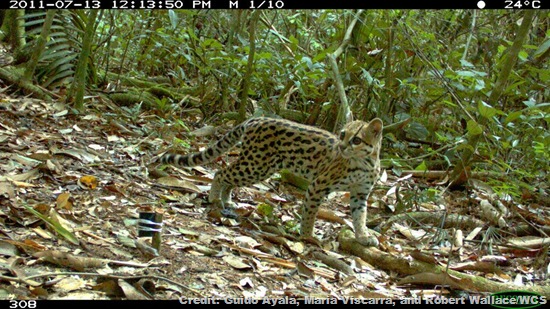
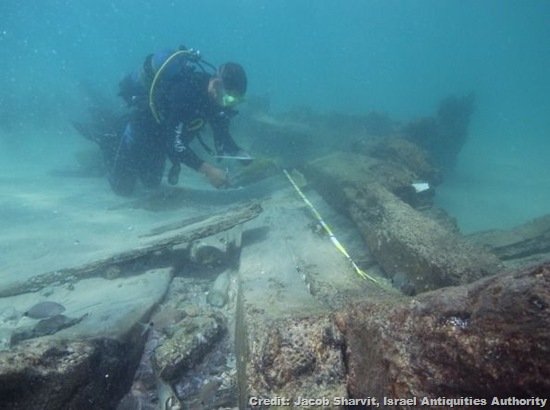
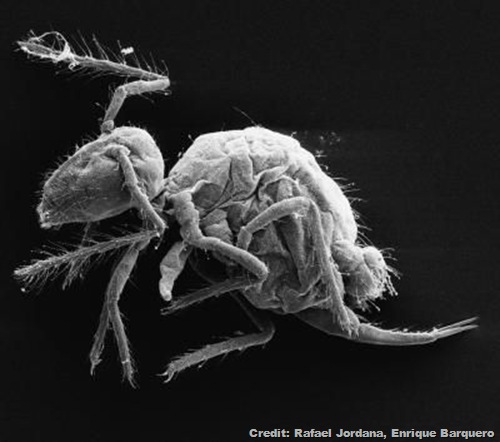
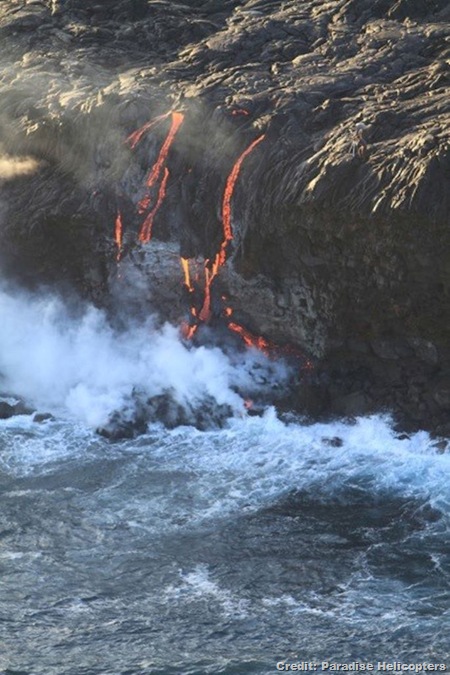

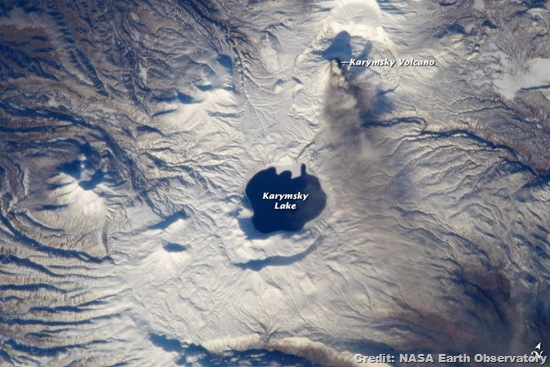
No comments:
Post a Comment
Please adhere to proper blog etiquette when posting your comments. This blog owner will exercise his absolution discretion in allowing or rejecting any comments that are deemed seditious, defamatory, libelous, racist, vulgar, insulting, and other remarks that exhibit similar characteristics. If you insist on using anonymous comments, please write your name or other IDs at the end of your message.